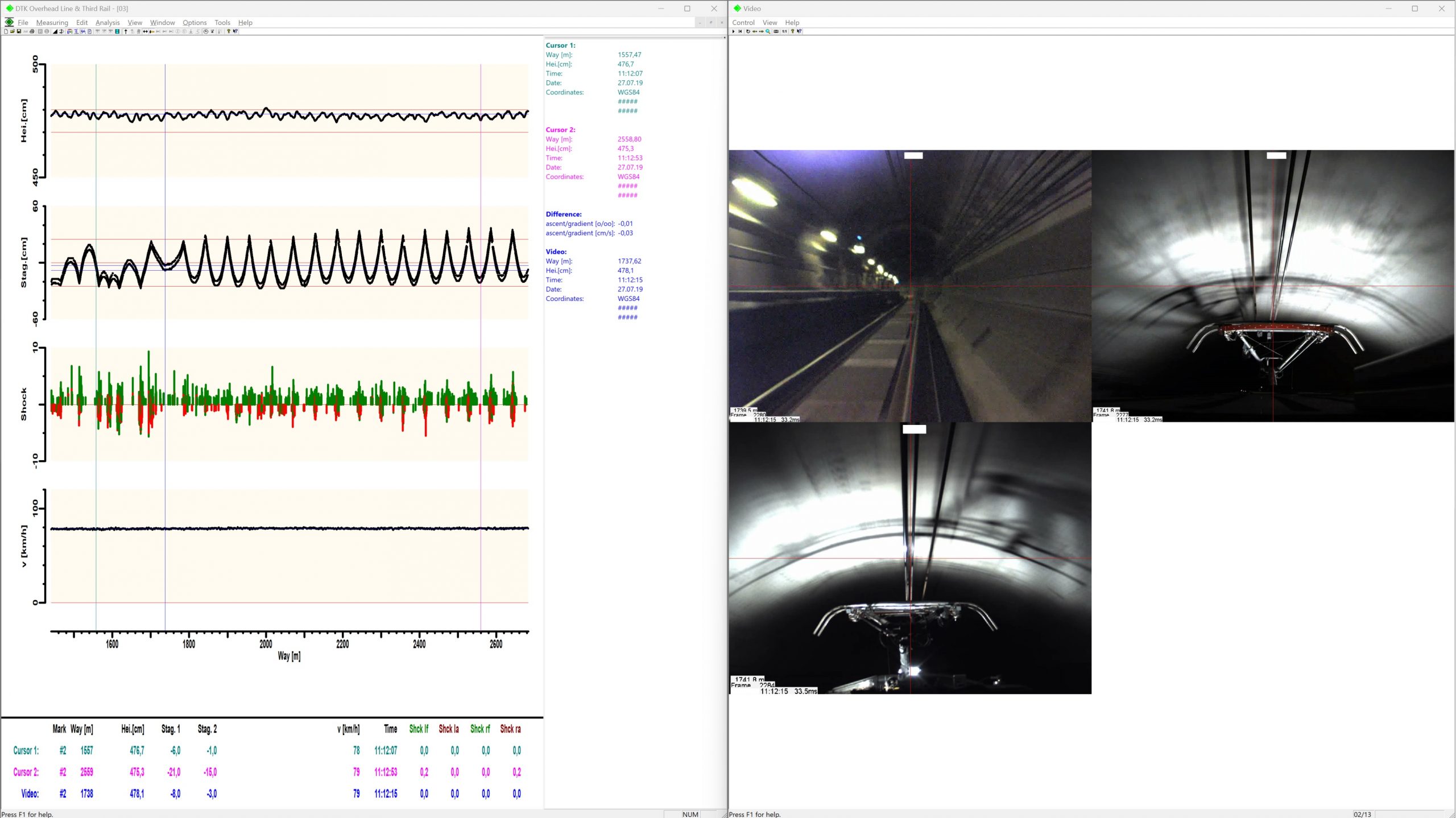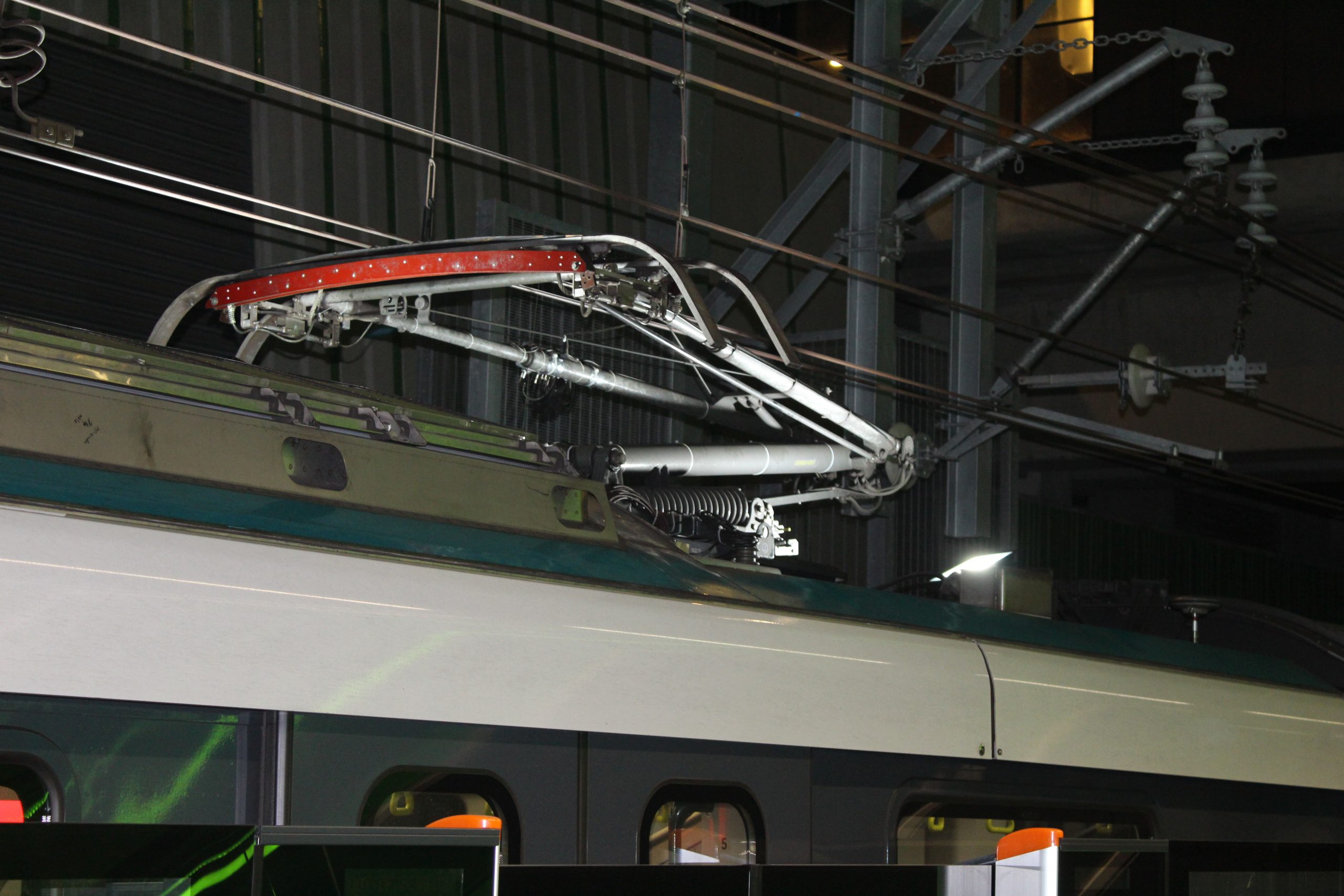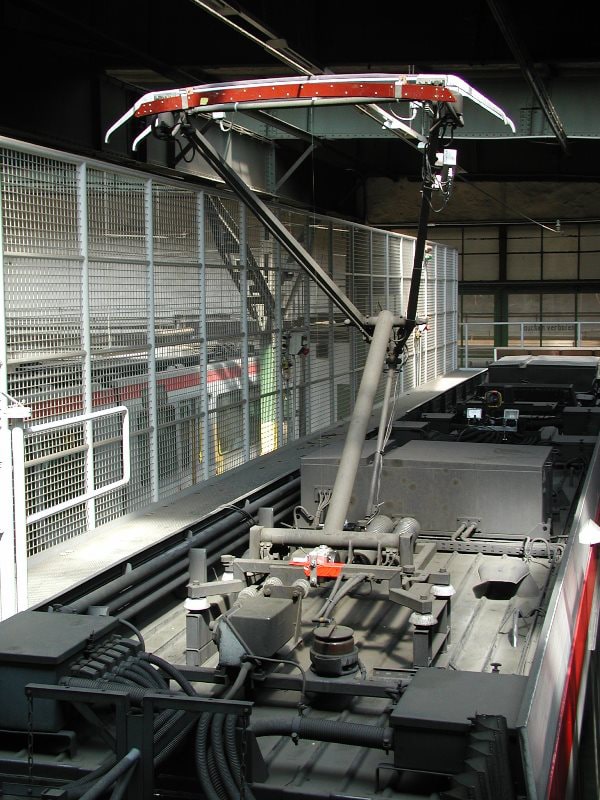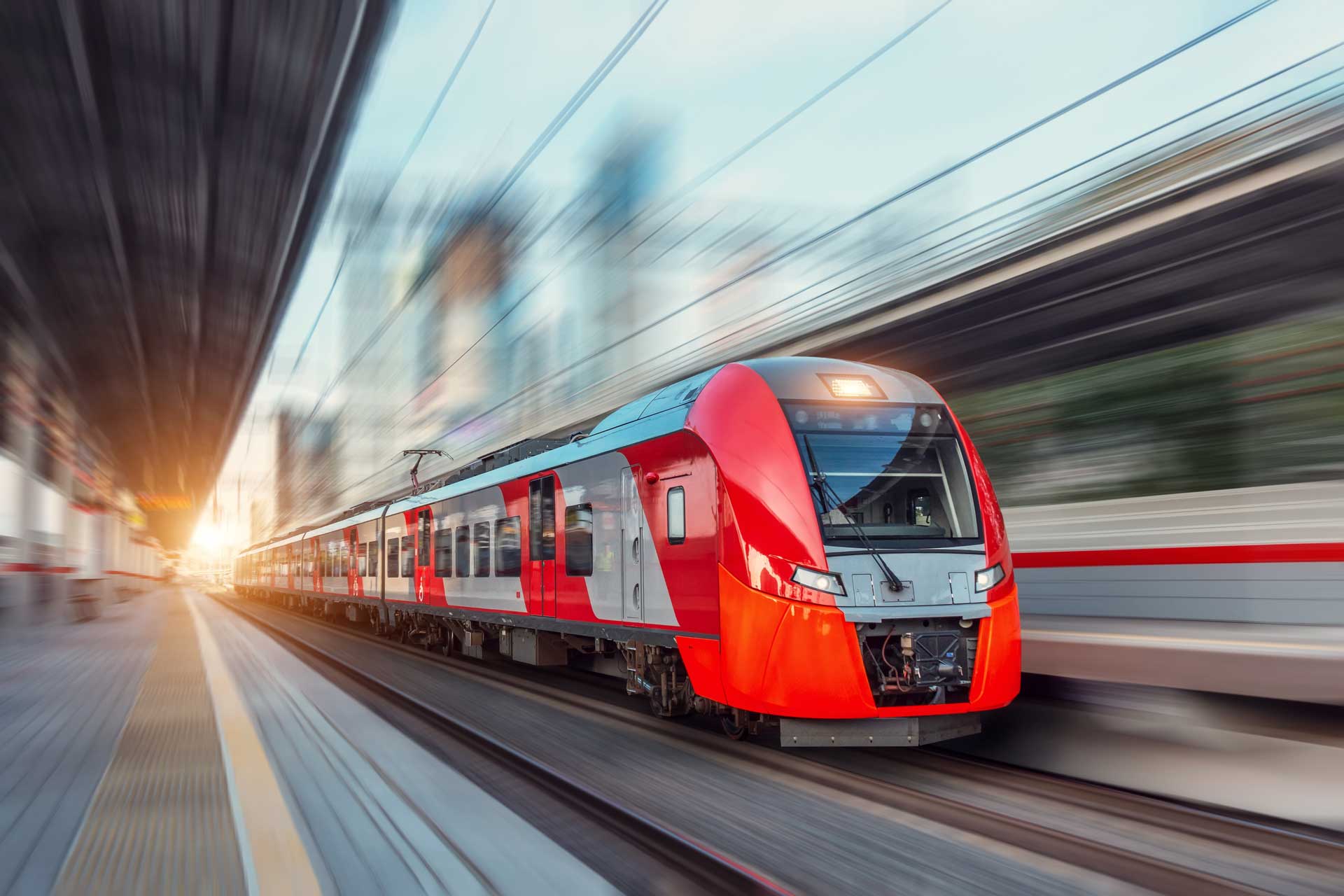LS contact line measurement
Introduction:
Proper overhead contact wire positioning is crucial for the smooth operation of railways. The wire must be aligned such that the train’s pantograph can reach it without issues, ensuring uninterrupted power supply. Incorrect or faulty wire positioning can lead to energy losses, operational disturbances, and, in the worst case, accidents. To ensure that the wire positioning meets requirements, acceptance tests are conducted on newly built catenary systems in various rail systems such as metros, railways, and trams. For this, the DTK “Position-Impact” measuring system is used, which can also be adapted as a permanent monitoring system.








